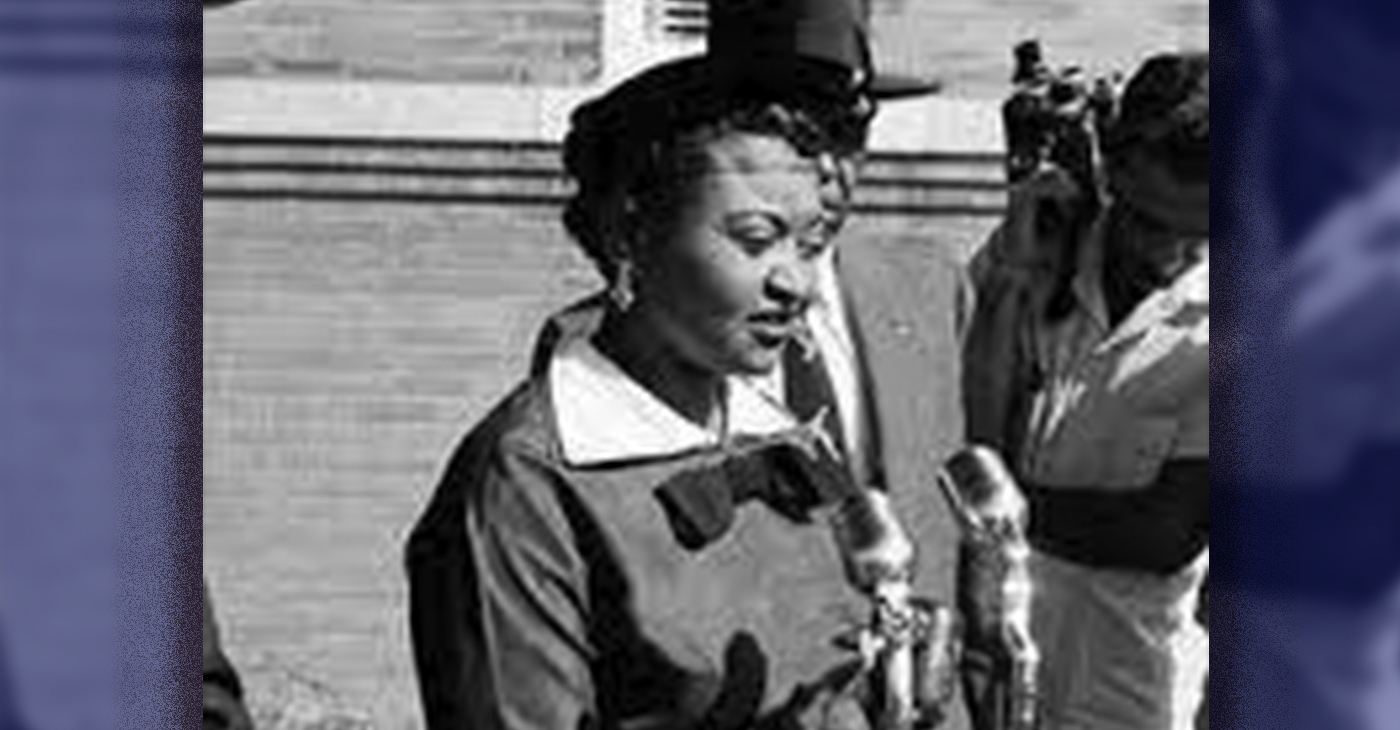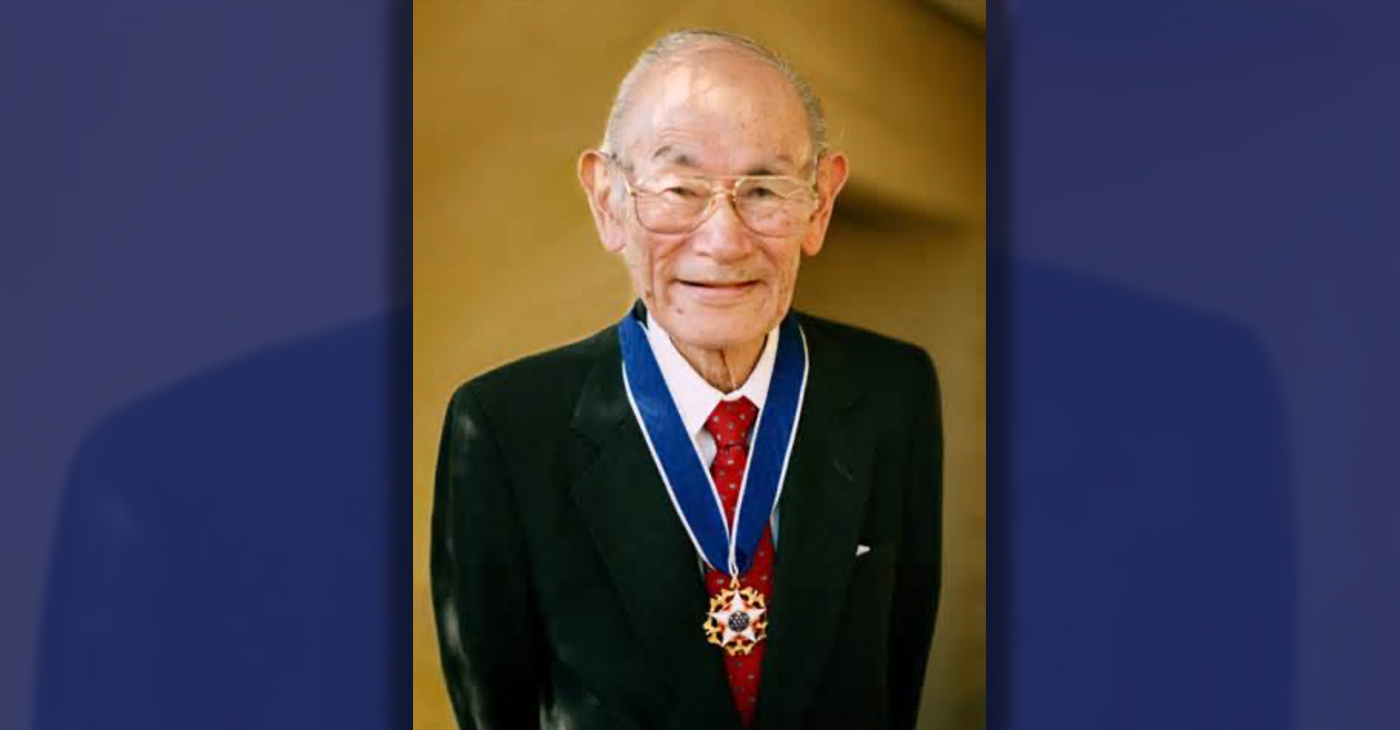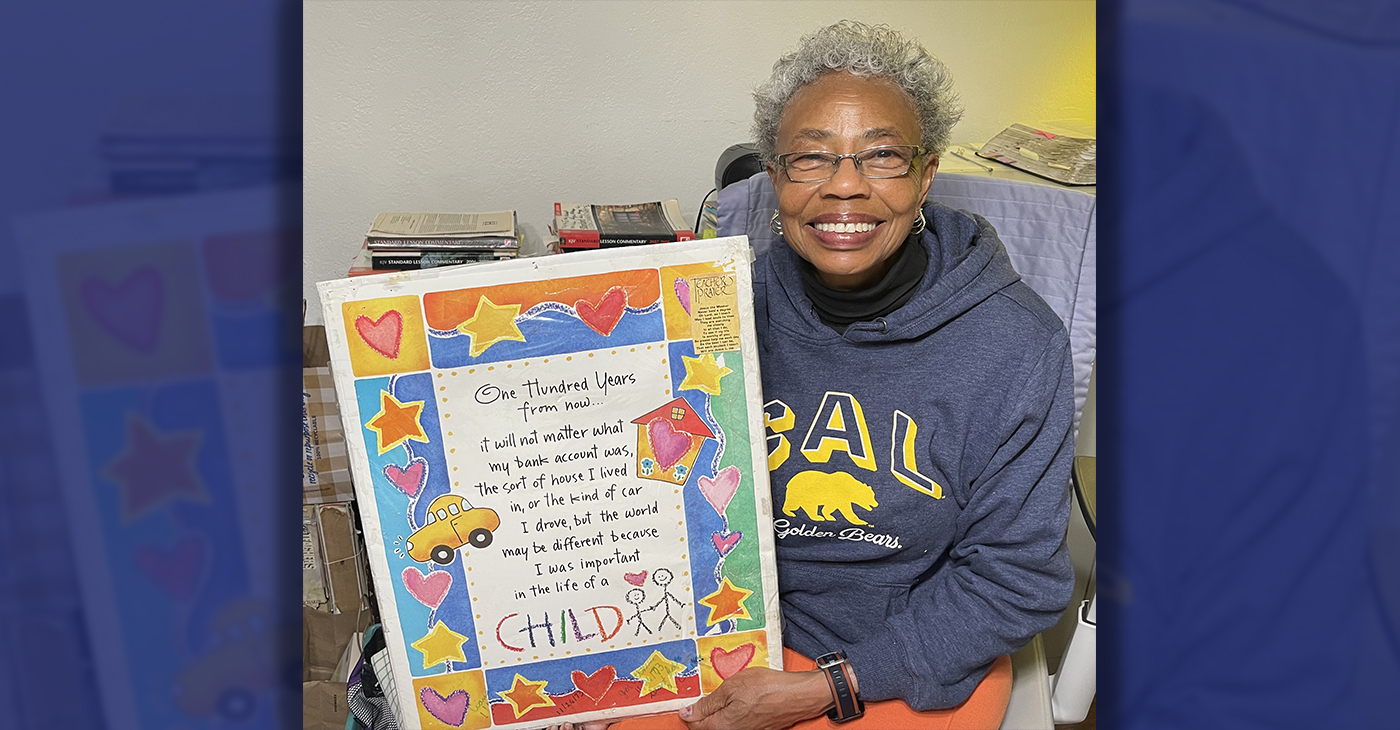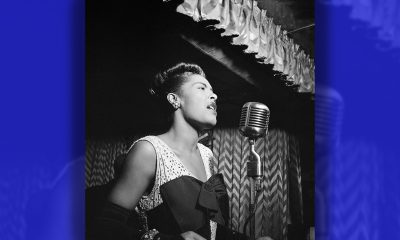Activism
How the Black Press Told the World About Emmet Till
Reporter Simeon Booker and photographer David Jackson covered the story for Jet. Other Black news outlets, including the Defender, also later published the photos, though not a single mainstream white outlet did, according to the New York Times. The photos turned Till’s story into “the first great [national] media event of the civil rights movement,” according to historian David Halberstam, who chronicles the murder in his book “The Fifties.”

By Brandon Patterson
The story of Emmet Till has made its way back into the news in recent weeks on the heels of a new TV miniseries and new developments at the federal level.
Earlier this month, the historical docuseries “Mothers of the Movement” premiered on ABC. And last week, the Senate passed a bipartisan bill to posthumously award Emmett Till and his mother, Mamie Till-Mobley, the Congressional Gold Medal.
Emmett Till’s story remains with us to this day, but lesser known is the role of the Black press in bringing his story to light — and in so doing, helping to catalyze the modern Civil Rights Movement.
One of the earliest news outlets to cover the Till story was the Chicago Defender, at the time one of the most influential Black weekly newspapers in the country, with two-thirds of its readership located outside the city, according to the Chicago Tribune.
The account of reporter Mattie Smith Colin, who covered the arrival of Till’s body at a local train station, captured the anguish of his mother as she received her son. Then, Jet Magazine became the first news outlet to publish the gruesome photos of Till’s body at his funeral, which his mother insisted be open casket.
Reporter Simeon Booker and photographer David Jackson covered the story for Jet. Other Black news outlets, including the Defender, also later published the photos, though not a single mainstream white outlet did, according to the New York Times. The photos turned Till’s story into “the first great [national] media event of the civil rights movement,” according to historian David Halberstam, who chronicles the murder in his book “The Fifties.”
Later, Booker’s coverage of the Till murder trial for Jet helped bring the trial to a Black and national audience. Other significant Black newspapers that covered the Till story included the Amsterdam News in New York City, which, by the 1960s, was the largest weekly community newspaper in the nation, the Pittsburgh Courier, and the Atlanta Constitution.
Coverage of Till’s story was notably different in Black news outlets compared to mainstream white papers. In the South, coverage was often sympathetic to Till’s murderers, notes researcher Michael Oby in a 2007 paper on the Till case.
Black papers, however, framed the story as an obvious and horrid injustice. At the same time, they began encouraging their Black readers to get involved in civil rights organizing, and to donate to the NAACP, which was central to the Till case.
Booker, who worked for Jet for nearly five decades, went on to receive an award from the National Press Club for his lifelong coverage of civil rights in America in the 1980s. At the award ceremony, according to the Chicago Tribune, he said of his work: “I wanted to fight segregation on the front lines. I wanted to dedicate my writing skills to the cause. Segregation was beating down my people. I volunteered for every assignment and suggested more. I stayed on the road, covering civil rights day and night. The names, the places and the events became history.”
Because of his work and other Black journalists and news outlets, we know the story of Emmet Till, and so many other critical stories.
This story was written using reporting from the Chicago Tribune, the New York Times, and academic research by Michael Oby at Georgia State University.
Activism
Oakland Post: Week of April 17 – 23, 2024
The printed Weekly Edition of the Oakland Post: Week of April 17 – 23, 2024

To enlarge your view of this issue, use the slider, magnifying glass icon or full page icon in the lower right corner of the browser window. ![]()
Activism
Oakland Schools Honor Fred Korematsu Day of Civil Liberties
Every Jan. 30, OUSD commemorates the legacy of Fred Korematsu, an Oakland native, a Castlemont High School graduate, and a national symbol of resistance, resilience, and justice. His defiant stand against racial injustice and his unwavering commitment to civil rights continue to inspire the local community and the nation. Tuesday was “Fred Korematsu Day of Civil Liberties and the Constitution” in the state of California and a growing number of states across the country.

By Post Staff
Every Jan. 30, OUSD commemorates the legacy of Fred Korematsu, an Oakland native, a Castlemont High School graduate, and a national symbol of resistance, resilience, and justice.
His defiant stand against racial injustice and his unwavering commitment to civil rights continue to inspire the local community and the nation. Tuesday was “Fred Korematsu Day of Civil Liberties and the Constitution” in the state of California and a growing number of states across the country.
One OUSD school is named in his honor: Fred T. Korematsu Discovery Academy (KDA) elementary in East Oakland.
Several years ago, founding KDA Principal Charles Wilson, in a video interview with anti-hate organization “Not In Our Town,” said, “We chose the name Fred Korematsu because we really felt like the attributes that he showed in his work are things that the children need to learn … that common people can stand up and make differences in a large number of people’s lives.”
Fred Korematsu was born in Oakland on Jan. 30, 1919. His parents ran a floral nursery business, and his upbringing in Oakland shaped his worldview. His belief in the importance of standing up for your rights and the rights of others, regardless of race or background, was the foundation for his activism against racial prejudice and for the rights of Japanese Americans during World War II.
At the start of the war, Korematsu was turned away from enlisting in the National Guard and the Coast Guard because of his race. He trained as a welder, working at the docks in Oakland, but was fired after the bombing of Pearl Harbor in 1941. Fear and prejudice led to federal Executive Order 9066, which forced more than 120,000 Japanese Americans out of their homes and neighborhoods and into remote internment camps.
The 23-year-old Korematsu resisted the order. He underwent cosmetic surgery and assumed a false identity, choosing freedom over unjust imprisonment. His later arrest and conviction sparked a legal battle that would challenge the foundation of civil liberties in America.
Korematsu’s fight culminated in the Supreme Court’s initial ruling against him in 1944. He spent years in a Utah internment camp with his family, followed by time living in Salt Lake City where he was dogged by racism.
In 1976, President Gerald Ford overturned Executive Order 9066. Seven years later, the 9th Circuit Court of Appeals in San Francisco vacated Korematsu’s conviction. He said in court, “I would like to see the government admit that they were wrong and do something about it so this will never happen again to any American citizen of any race, creed, or color.”
Korematsu’s dedication and determination established him as a national icon of civil rights and social justice. He advocated for justice with Rosa Parks. In 1998, President Bill Clinton gave him the Presidential Medal of Freedom saying, “In the long history of our country’s constant search for justice, some names of ordinary citizens stand for millions of souls … To that distinguished list, today we add the name of Fred Korematsu.”
After Sept. 11, 2001, Korematsu spoke out against hatred and discrimination, saying what happened to Japanese Americans should not happen to people of Middle Eastern descent.
Korematsu’s roots in Oakland and his education in OUSD are a source of great pride for the city, according to the school district. His most famous quote, which is on the Korematsu elementary school mural, is as relevant now as ever, “If you have the feeling that something is wrong, don’t be afraid to speak up.”
Activism
WOMEN IMPACTING THE CHURCH AND COMMUNITY
Juanita Matthews, better known as “Sister Teacher,” is a walking Bible scholar. She moved to California from the great state of Arkansas in 1971. Sister Teacher has a passion for teaching. She has been a member of Bible Fellowship Missionary Baptist Church since 1971.

Sister Juanita Matthews
55 Years with Oakland Public School District
The Teacher, Mother, Community Outreach Champion, And Child of God
Juanita Matthews, better known as “Sister Teacher,” is a walking Bible scholar. She moved to California from the great state of Arkansas in 1971. Sister Teacher has a passion for teaching. She has been a member of Bible Fellowship Missionary Baptist Church since 1971. She followed her passion for teaching, and in 1977 became the lead teacher for Adult Class #6. Her motto still today is “Once My Student, Always My Student”.
Beyond her remarkable love for the Lord, Sister Teacher has showcased her love for teaching by working for the Oakland Unified School District for 55 years, all but four of those years spent at Emerson Elementary and Child Development School. She truly cares about her students, making sure they have the tools/supplies needed to learn either at OUSD or Bible Fellowship Missionary Baptist Church.
She’s also had a “Clothes Closet Ministry” for 51 years, making sure her students have sufficient clothing for school. The Clothes Closet Ministry extends past her students, she has been clothing the community for over 50 years as well. She loves the Lord and is a servant on a mission. She is a loving mother to two beautiful children, Sandra and Andre. This is the impact this woman of God has on her church and the community.
-

 Activism4 weeks ago
Activism4 weeks agoOakland Post: Week of March 27 – April 2, 2024
-

 #NNPA BlackPress4 weeks ago
#NNPA BlackPress4 weeks agoCOMMENTARY: D.C. Crime Bill Fails to Address Root Causes of Violence and Incarceration
-

 #NNPA BlackPress4 weeks ago
#NNPA BlackPress4 weeks agoFrom Raids to Revelations: The Dark Turn in Sean ‘Diddy’ Combs’ Saga
-

 #NNPA BlackPress4 weeks ago
#NNPA BlackPress4 weeks agoCOMMENTARY: Lady Day and The Lights!
-

 #NNPA BlackPress4 weeks ago
#NNPA BlackPress4 weeks agoMayor, City Council President React to May 31 Closing of Birmingham-Southern College
-

 #NNPA BlackPress4 weeks ago
#NNPA BlackPress4 weeks agoBaltimore Key Bridge Catastrophe: A City’s Heartbreak and a Nation’s Alarm
-

 #NNPA BlackPress4 weeks ago
#NNPA BlackPress4 weeks agoBaltimore’s Key Bridge Struck by Ship, Collapses into Water
-

 #NNPA BlackPress4 weeks ago
#NNPA BlackPress4 weeks agoBeloved Actor and Activist Louis Cameron Gossett Jr. Dies at 87











































